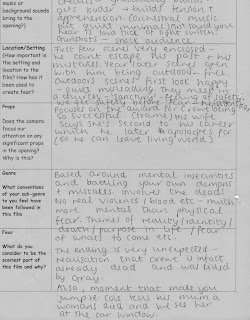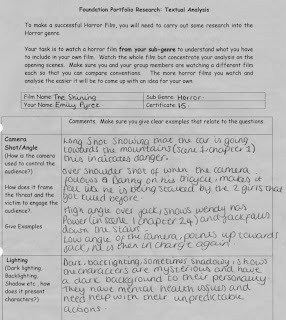Three Point Lighting: Key Light, Fill Light, Backlight
Key Light:
- The key to whole set up
- Main source of illumination in the scene
- Best spot for a key light is at 45 degree angle from where the camera is set up
- The reason why it is not placed directly to your subject, is because you want to add some definition to the edges of the face and shoulders.
Fill Light:
- Fill in the dark shadows on the opposite side of the face to where the key light is set up
- Set up 45 degrees away from the camera (45 degrees opposite of the key light)
- Less intense than the key light so it doesnt compete with it. A few ways to do this are:
- use a lamp or bulb with less watts
- move the light further away
- use a neutral density gel over the light
- When the key light and fill light are both turned on, you get a much more even light around the whole face
- The shadows from the key light is still there, the idea is to not get rid of all the shadows but to soften them
- A more pleasing natural appearance
Back Light:
- Stops the subject blending in with the background
- Placed behind the subject, set off to an angle where the light itself is placed above and out of the frame
- The light spills on to the subject, not on the camera lense
- Fairly low intensity
- Shine down on the subject and create a rim of light around the shoulders and head.
- When combined with the other two lights, the back light makes the subject stand out abit more from the background and focuses your attention on the subject

















